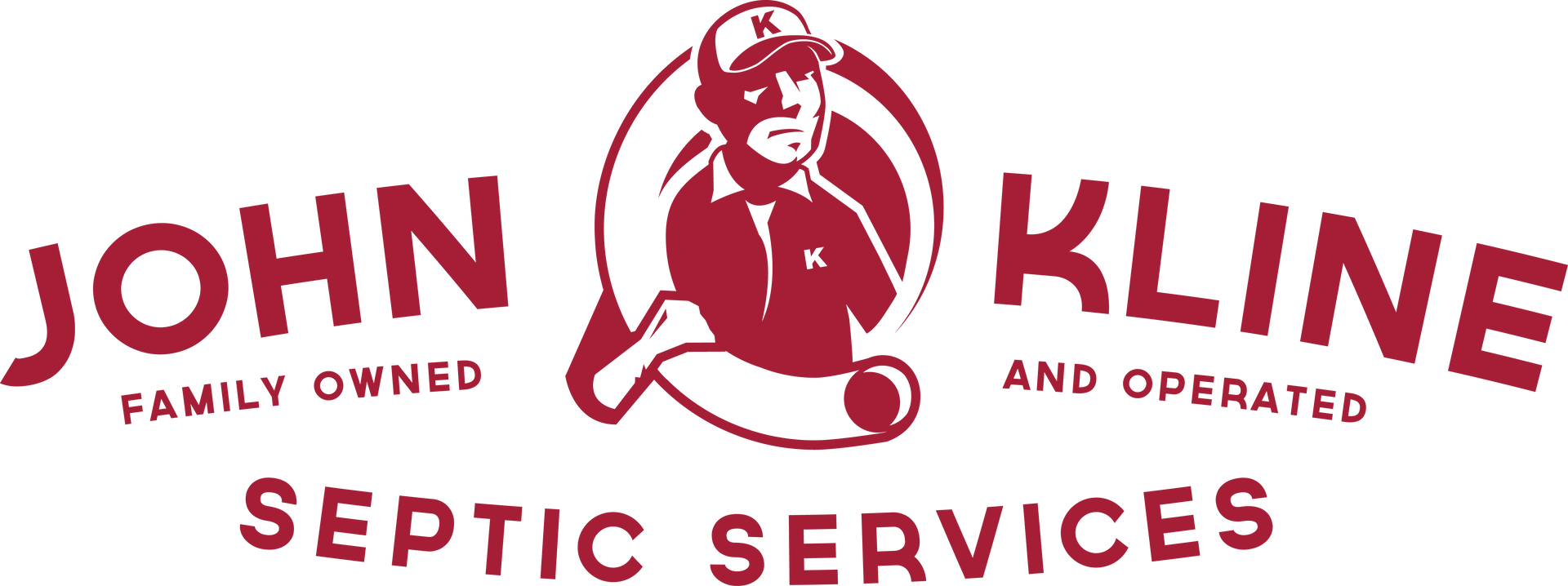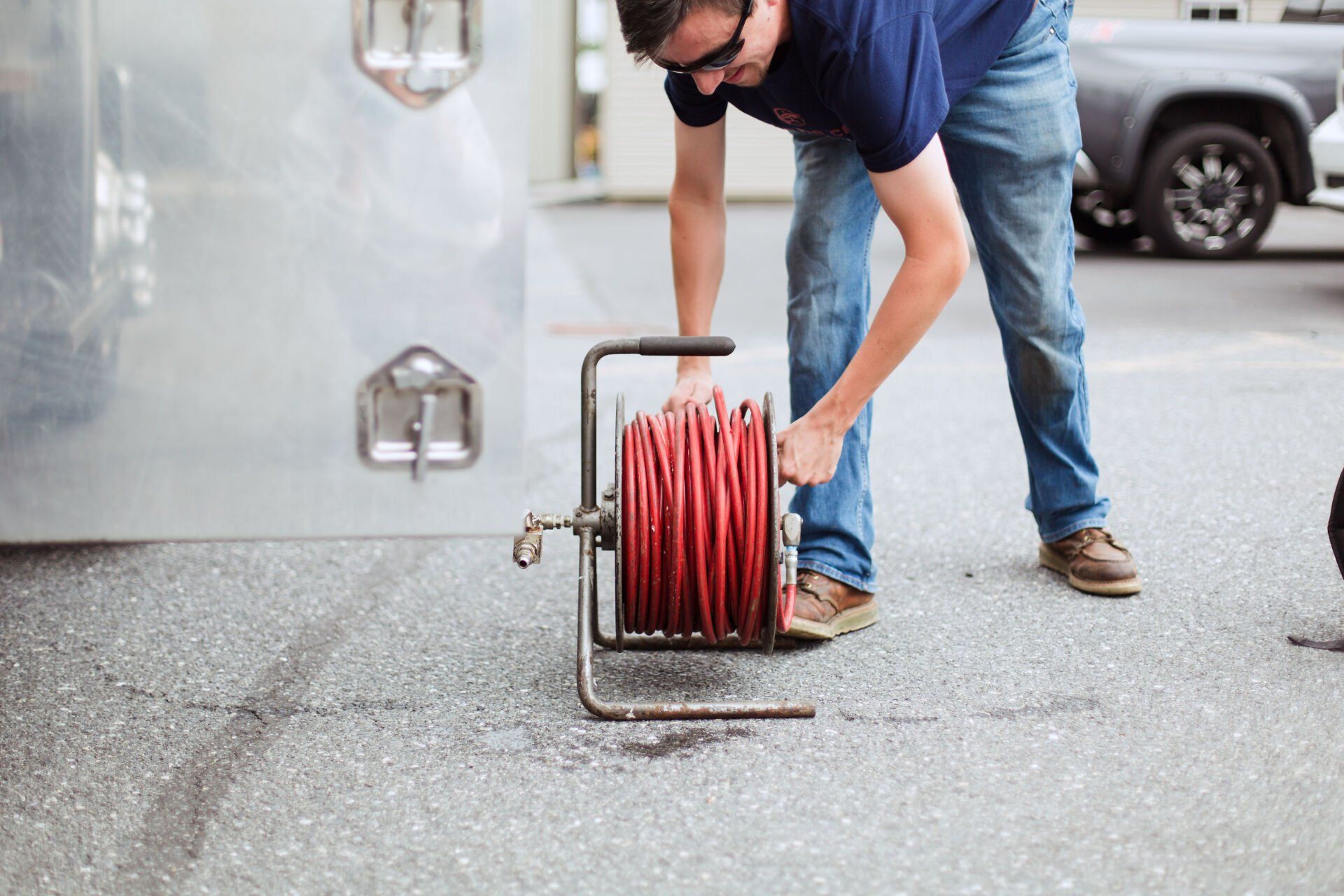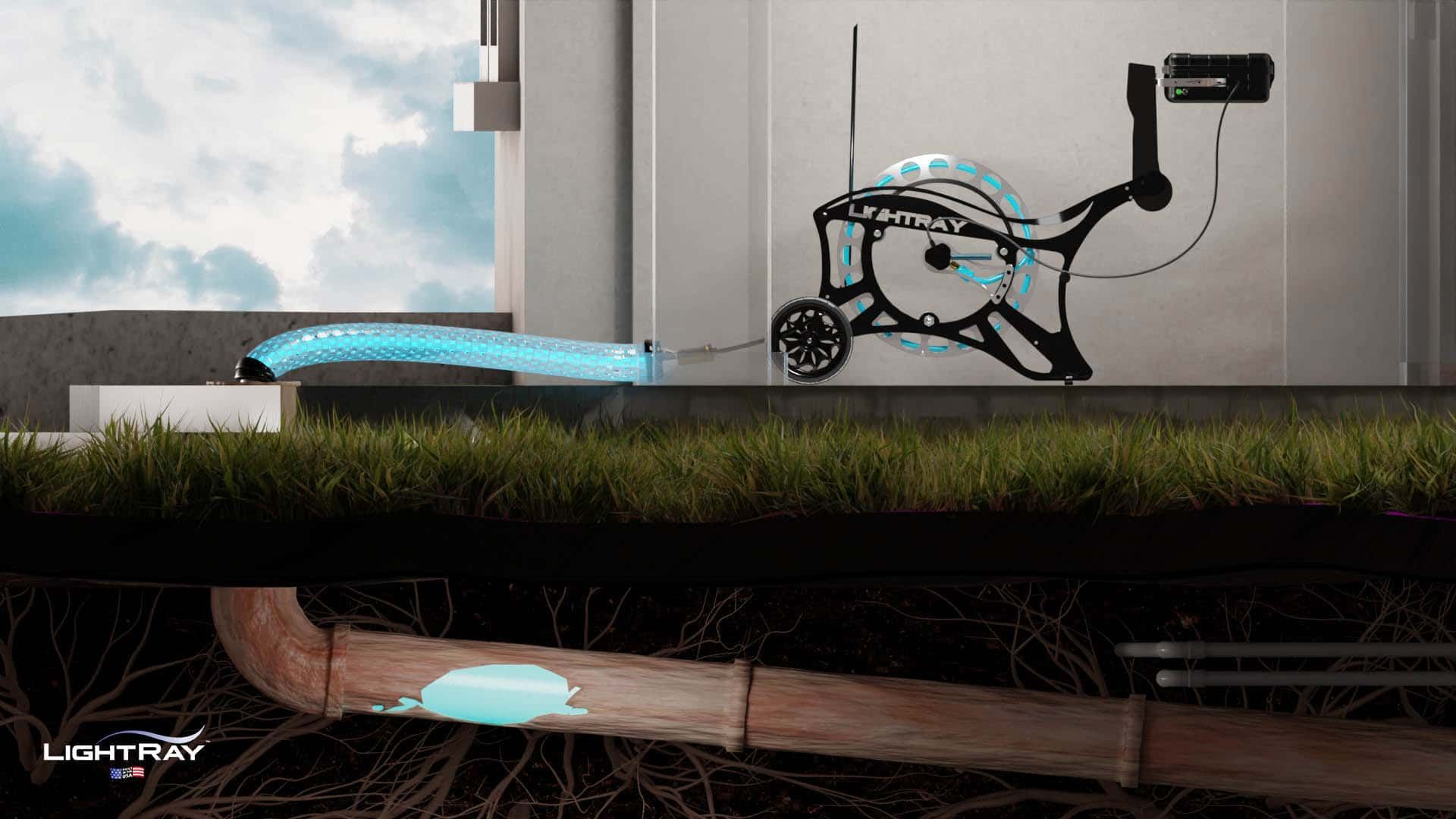As restaurants, schools, churches and movie theaters begin to reopen this summer, it's important to make sure your grease trap is ready for business again! Today our commercial grease trap service team is sharing some tips for keeping your grease trap working properly so it's the last thing you need to worry about when you reopen.
Contact us today
for your
commercial grease removal service
or keep reading to learn more.
How Grease Traps Work
If you own or manage a restaurant or a business with a grease trap, it's important to know exactly how it works. Grease traps are designed to trap fats, oils and grease (FOG), filtering these substances from going down the drain and entering the public sewer line. If your grease trap is not working properly, FOG can solidify and build up inside your pipes. When the buildup becomes too much, the FOG can block other particles of food and waste from passing and before you know it you have a major backup in your kitchen.
How to Keep Your Trap Working Properly
The good thing is, a grease trap is fairly easy to maintain. The easiest way to prevent a messy backup is to have your grease trap serviced and inspected regularly. If you’re new to the restaurant business or you’re not sure your small operation needs a grease trap, we’re happy to review your kitchen habits and help you create some best practices for
grease and waste removal.
The more grease your establishment produces, the more often your trap will need to be serviced. If your menu includes fried food you’ll definitely need to consider a regular maintenance plan.
There are also some things you can do on your end to promote a healthy grease trap and septic system. Our technicians put together their top 3 tips for restaurant owners below. Keep reading to see how you can save your business time and money when it comes to grease waste removal.
- Make sure your food prep and wash sinks are tied into a trap.
Regardless of the types of food you prepare, this will help prevent food particles, grease and debris from going down the drain.
- Train your staff to dump food waste and grease from pots/pans and dishes into the trash – not down the drain.
This will make dish washing easier too!
- Ensure your trap is the right size for your business.
If your business has grown or your menu has changed but your kitchen has not, make sure your trap can handle the amount of waste you’re producing. If you’re not sure how to check, ask one of our friendly technicians. We’re happy to review your kitchen and your trap to make sure everything is functioning properly.









